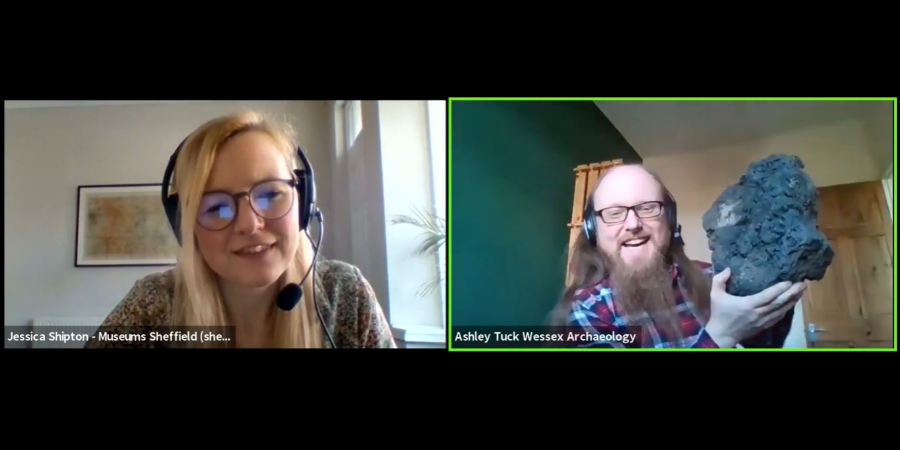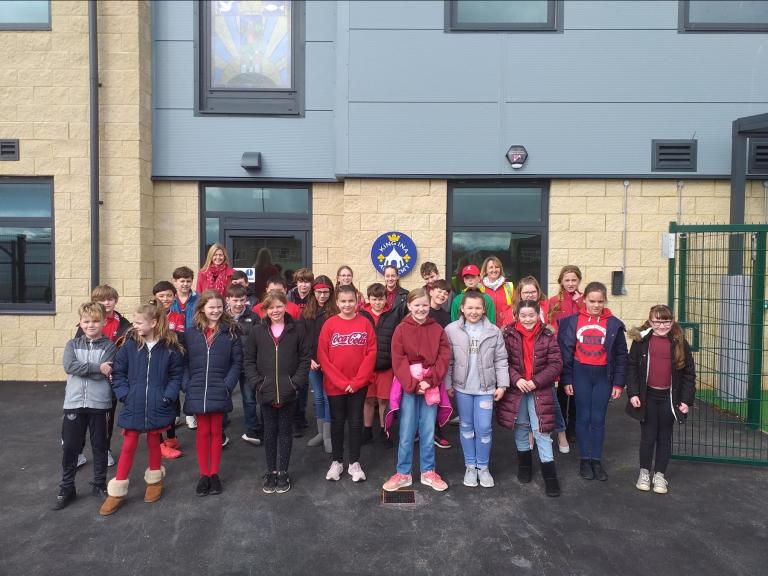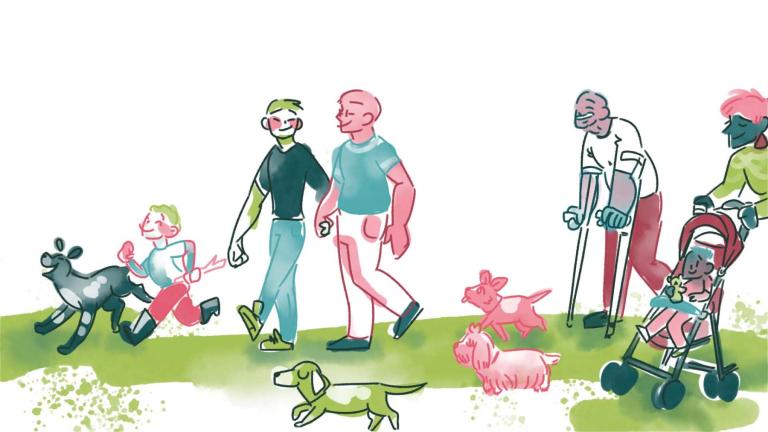When my colleague Natasha Bramall approached me saying that Jess Shipton at Museums Sheffield wanted an archaeologist to talk about their Sheffield Project gallery exhibit I initially didn’t think I’d have anything to offer. Archaeologists are used to reciting the results of their work, but what could I say about this series of photographs (fantastic though they were) that didn’t include any holes dug in the ground?
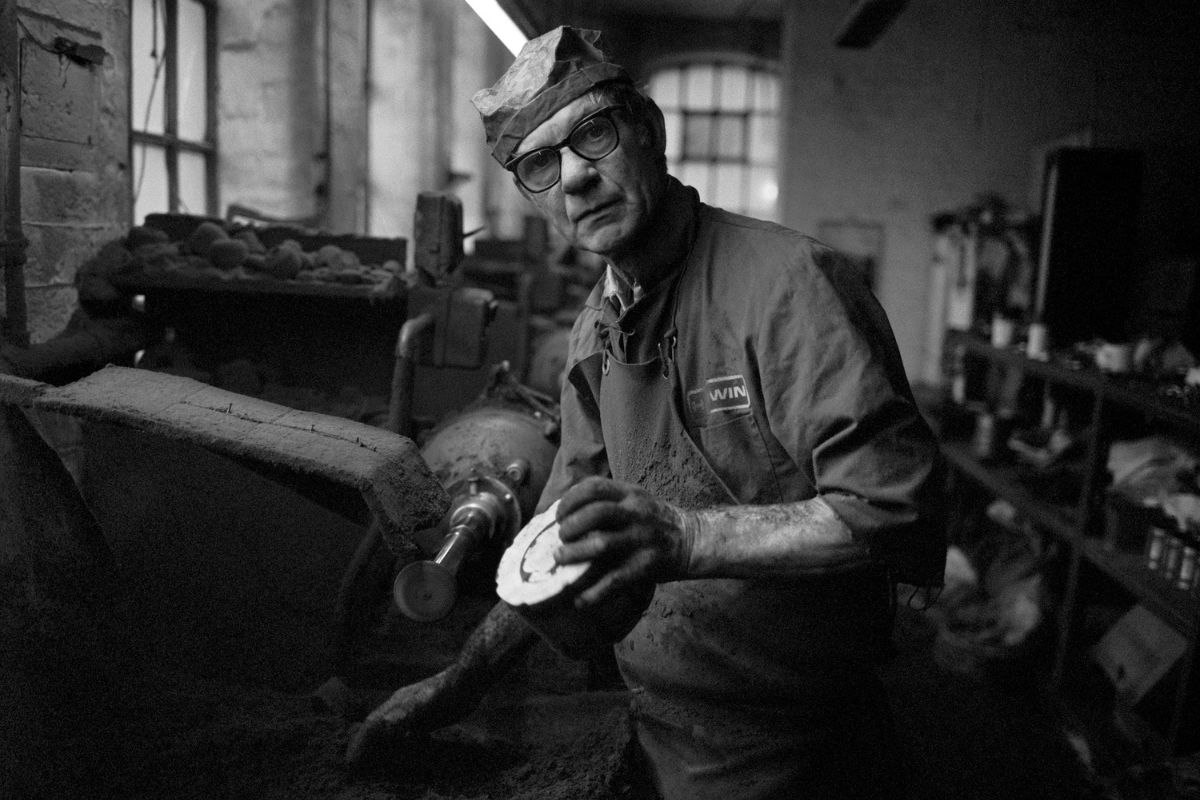
Above: Buffer, 1985 © Patrick Sutherland. Used with permission
The images are by a variety of photographers and include a diverse range of subjects around the theme of Sheffield. As I enjoyed looking around the virtual exhibit I was struck by how familiar some of the images were to my personal experience of industrial archaeology. They reminded me of turning up for the first day of work on a new site, of eating breakfast sandwiches and the smell of damp and crushed brick. In some of the shots I saw the blank slate that archaeologists are given before they begin to dig. I saw chaotic liminal spaces waiting for someone to step into them and tell their story. That’s what archaeologists are paid for, I think: to reduce the uncertainty of the spaces we are brought in to address.
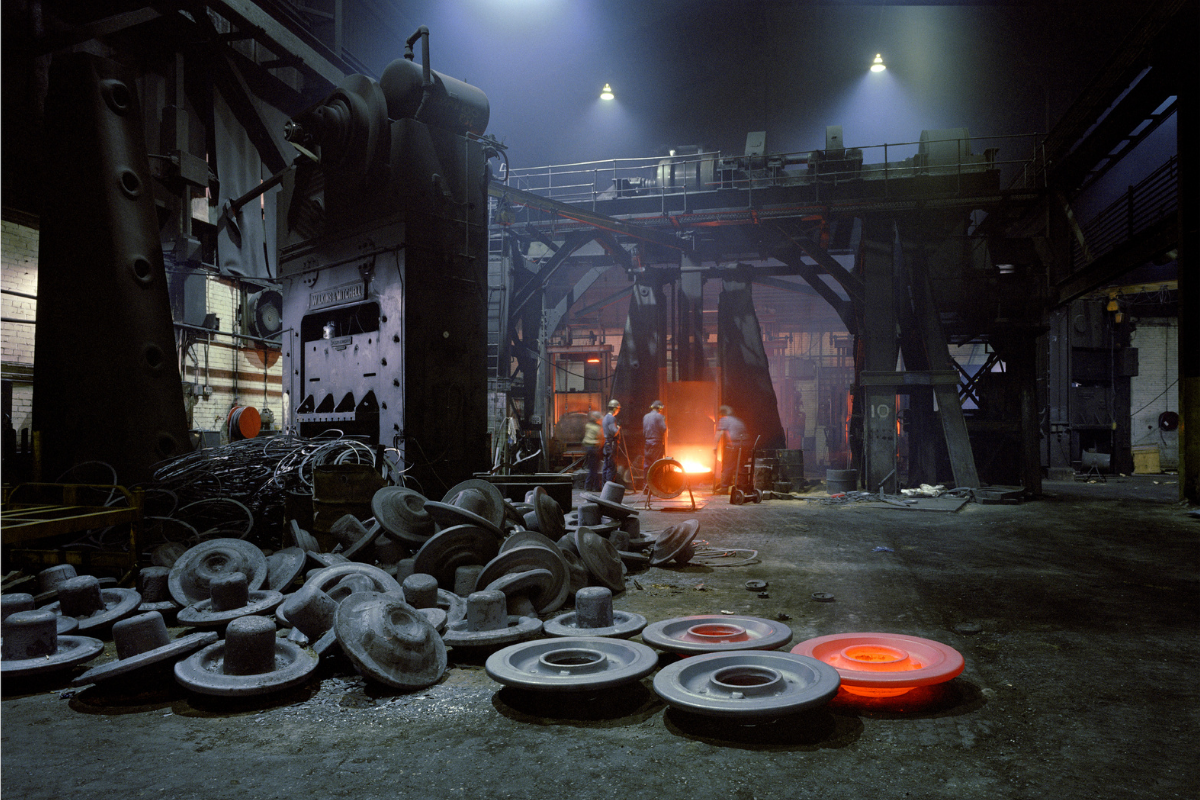
Above: George Turton and Platt on night of closure c.1984 © Ken Phillip. Used with permission
In my talk I was able to relate the photographs to my personal experience, and to draw out the importance of the people that lived and worked within the archaeological remains that we study. I gave examples of recent work we have done and had the opportunity to take a city-wide viewpoint rather than the usual fare of relating the results of a single site.
To conclude, I spoke about my hopes for the future of Sheffield and offered an optimistic view of the potential for future development. The city has always been changing. In the 19th century they lamented the loss of the great city of the 18th century so there’s nothing new to those feelings of nostalgia that are associated with redevelopment. But I think we have a chance to build a city that better serves the people that live and work here. The identity of Sheffield is in flux. It’s waiting for someone to step into it and tell its story. I wonder what that story will be?
Watch the talk on the Museums Sheffield website or on Facebook.
Tour the exhibit here.
